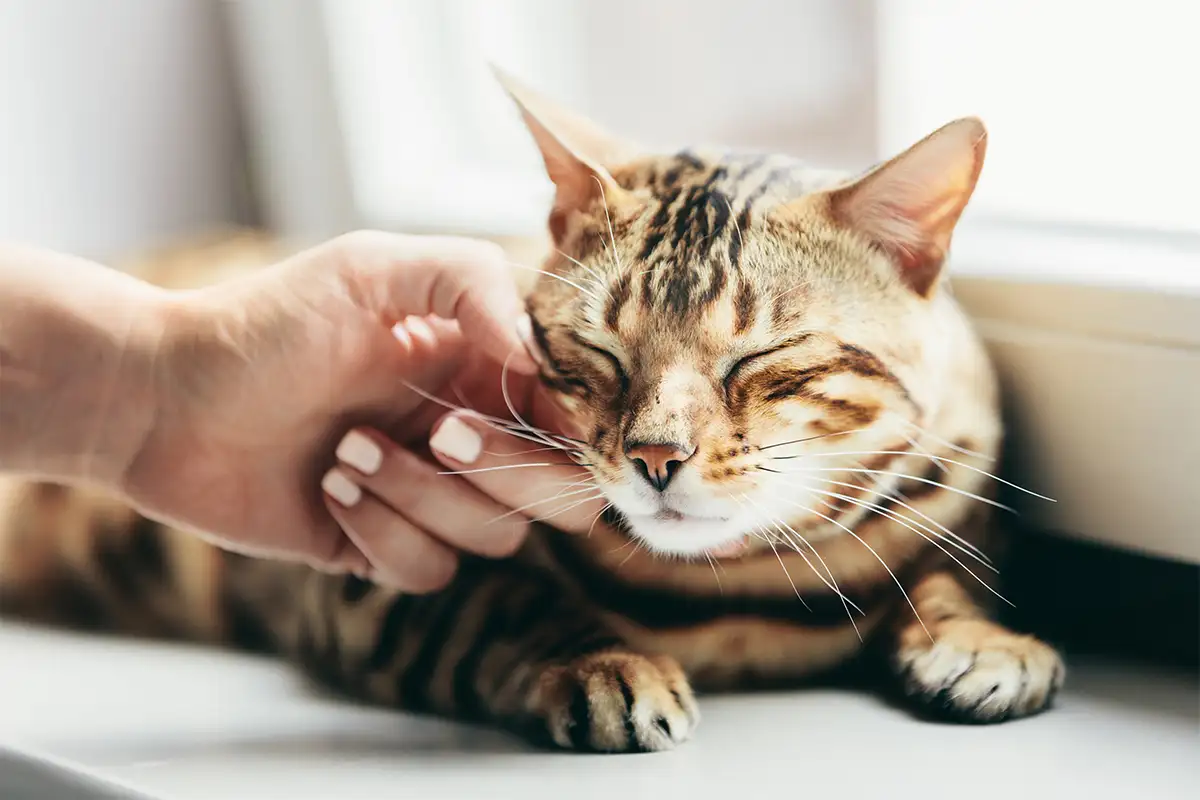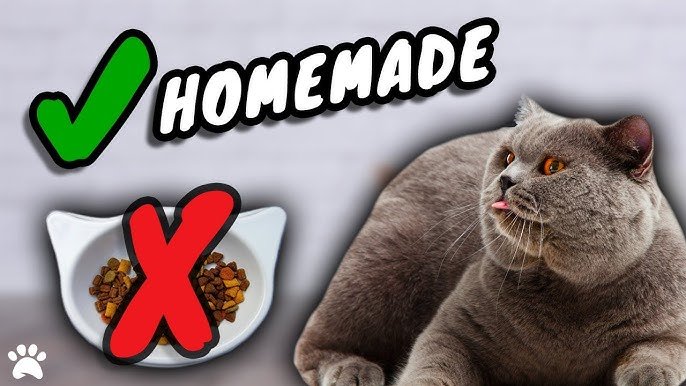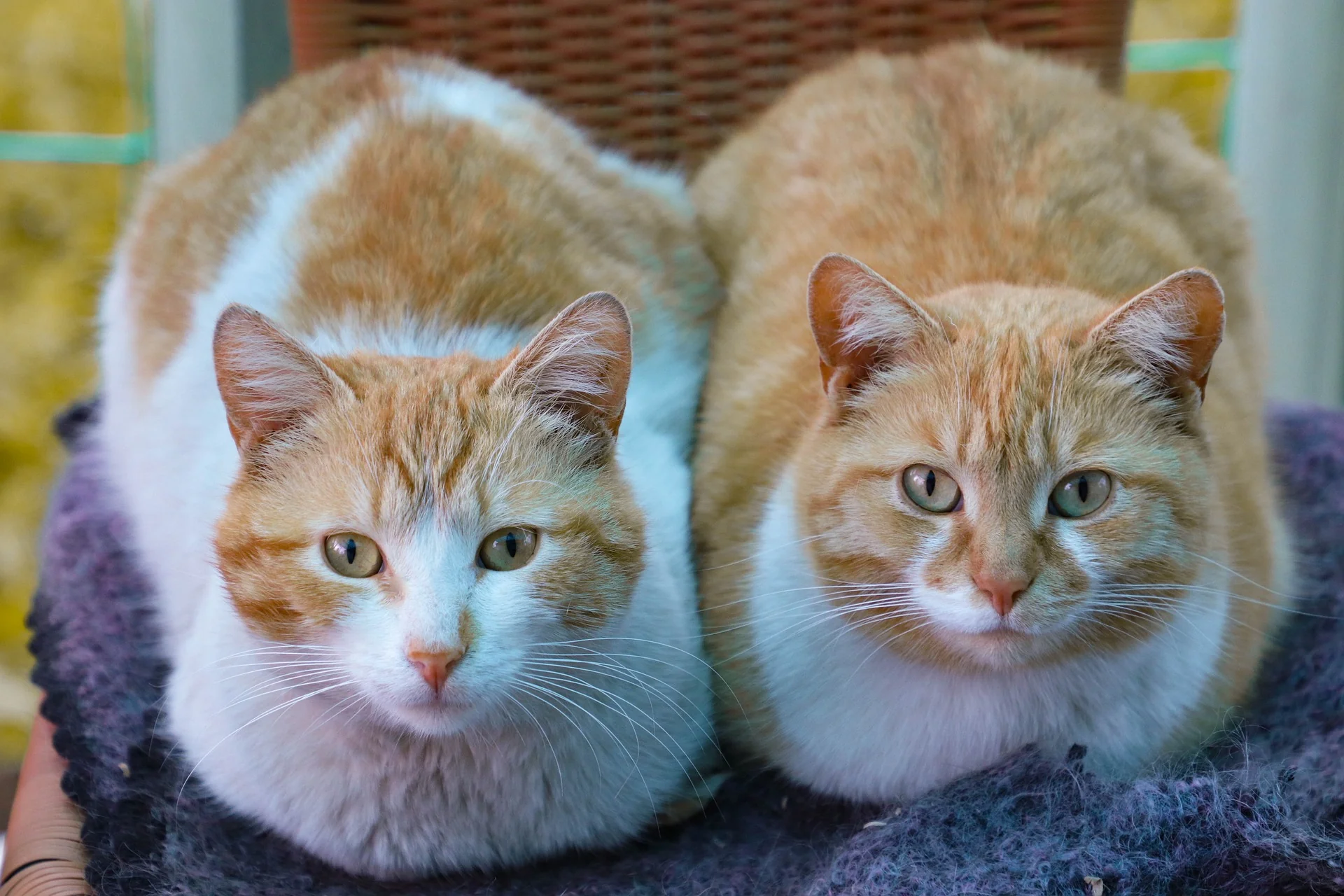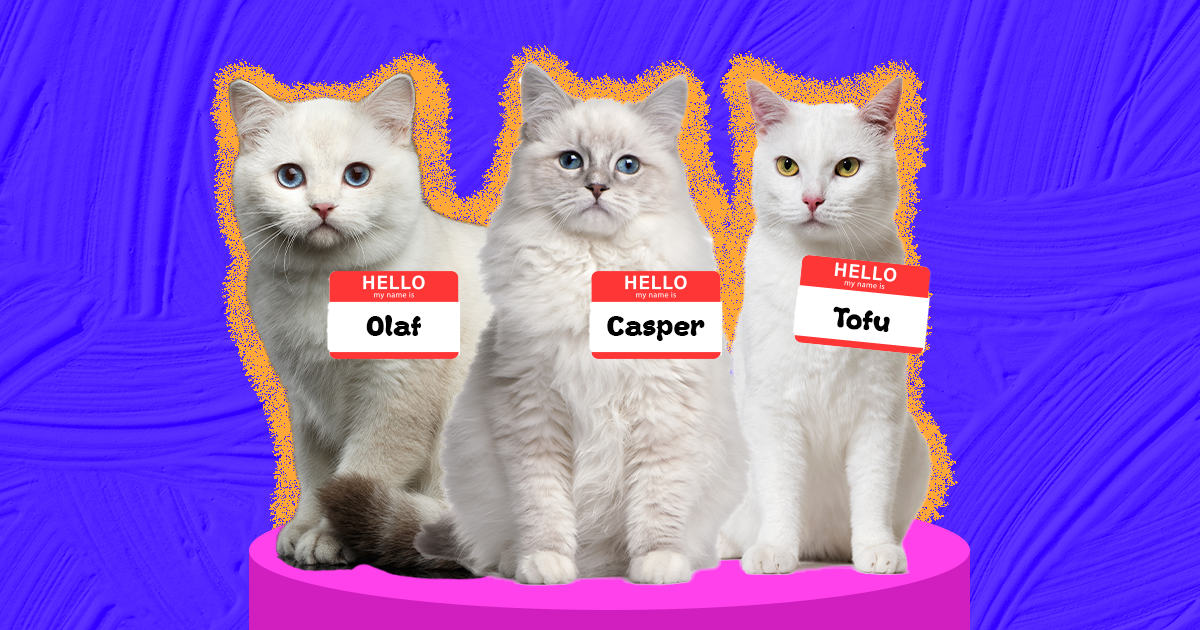A cat’s purr is one of the most soothing and mysterious sounds in nature. For cat lovers, it’s often associated with comfort and happiness, but the science behind this unique feline behavior reveals much more. From the mechanics of how cats purr to the reasons they do it, this phenomenon is as intriguing as it is comforting.
How Do Cats Purr?
The mechanism behind a cat’s purr lies within its laryngeal (voice box) muscles and diaphragm. These muscles twitch at a rapid rate of 25 to 150 vibrations per second, causing the vocal cords to open and close during both inhalation and exhalation. This creates the characteristic rumbling sound we recognize as a purr.
The process is controlled by the cat’s central nervous system, specifically a repetitive neural oscillator that sends signals to the laryngeal muscles. Interestingly, the purring mechanism is nearly effortless for cats, allowing them to purr continuously without disrupting their breathing.
Why Do Cats Purr?
While purring is commonly associated with contentment, cats purr for a variety of reasons, including:
- Contentment and Relaxation
Cats often purr when they’re relaxed and happy. This is why you’ll frequently hear a purr when they’re curled up on your lap or enjoying a petting session. - Communication
Kittens begin purring within days of birth as a way to communicate with their mother. This soft vibration helps the mother locate her kittens and reassures them during nursing. - Healing and Self-Soothing
Cats also purr when they’re in pain or stressed. Research suggests that the vibrations may promote healing by stimulating tissue regeneration and reducing inflammation. - Solicitation Purring
Some cats use a specific type of purr, often described as a “solicitation purr,” to get their owner’s attention—usually for food or affection. This purr is slightly higher in pitch and more urgent-sounding. - Bonding
Purring can also serve as a bonding mechanism between cats and their humans or other animals. It’s a way to express trust and affection.
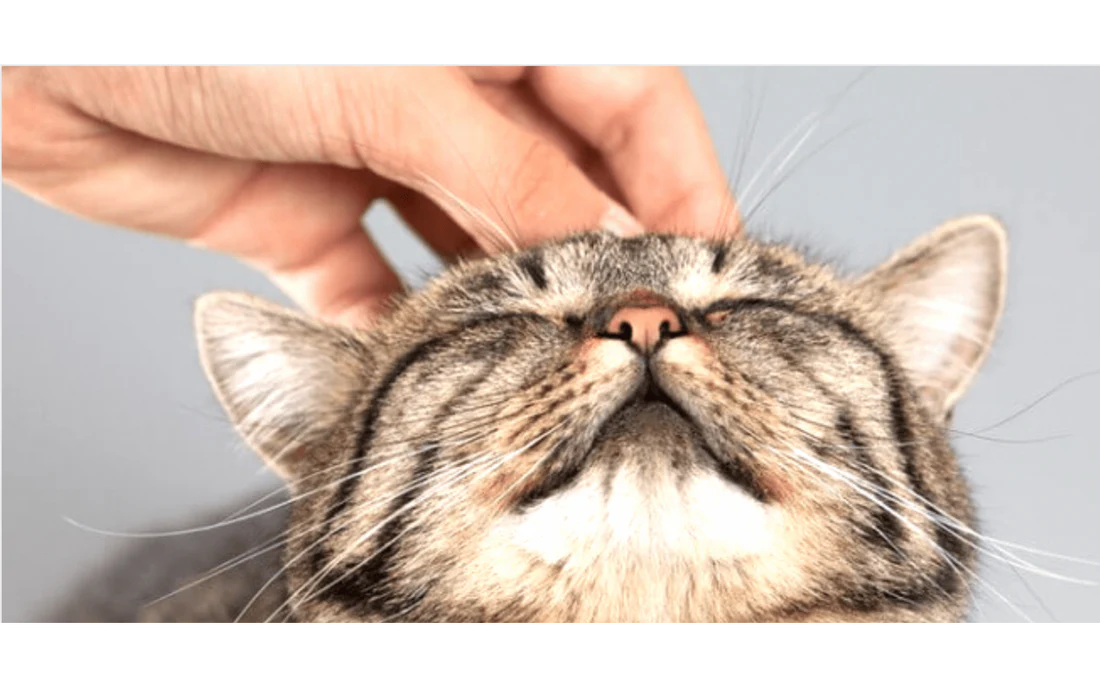
The Healing Power of Purring
For Cats
The vibrations of a purr fall within a frequency range (25 to 150 Hz) that has been shown to promote bone density, tissue healing, and pain relief. This may explain why injured or sick cats often purr—it could be their natural way of speeding up recovery.
For Humans
Cats’ purring doesn’t just benefit them—it can have a calming effect on humans too. Studies suggest that the low-frequency vibrations can:
- Reduce stress and anxiety
- Lower blood pressure
- Improve overall cardiovascular health
- Help with relaxation and sleep
This therapeutic effect is one reason why cats are considered excellent emotional support animals.
Do All Cats Purr?
Most domestic cats (Felis catus) and some wild cats, like cheetahs, purr. However, large cats such as lions and tigers do not purr the same way. Instead, they roar, as their vocal anatomy is adapted for producing deep, resonant roars rather than continuous vibrations.
Purring Myths and Misconceptions
There are many myths surrounding a cat’s purr. For instance, some believe cats only purr when they’re happy, but as mentioned earlier, purring can also signal discomfort or illness. Another misconception is that purring is purely voluntary, whereas it is often an instinctive response.
The Enigma of Purring
Despite significant research, some aspects of purring remain a mystery. For example, why did purring evolve in cats but not in other animals? And why do cats continue to purr even when there seems to be no immediate benefit? These questions keep scientists and animal behaviorists intrigued.
Conclusion
A cat’s purr is far more than just a pleasant sound. It’s a complex physiological process with various purposes, from communication and self-healing to forming bonds and reducing stress. Understanding the science behind a cat’s purr deepens our appreciation of these remarkable animals and the unique ways they connect with us.

